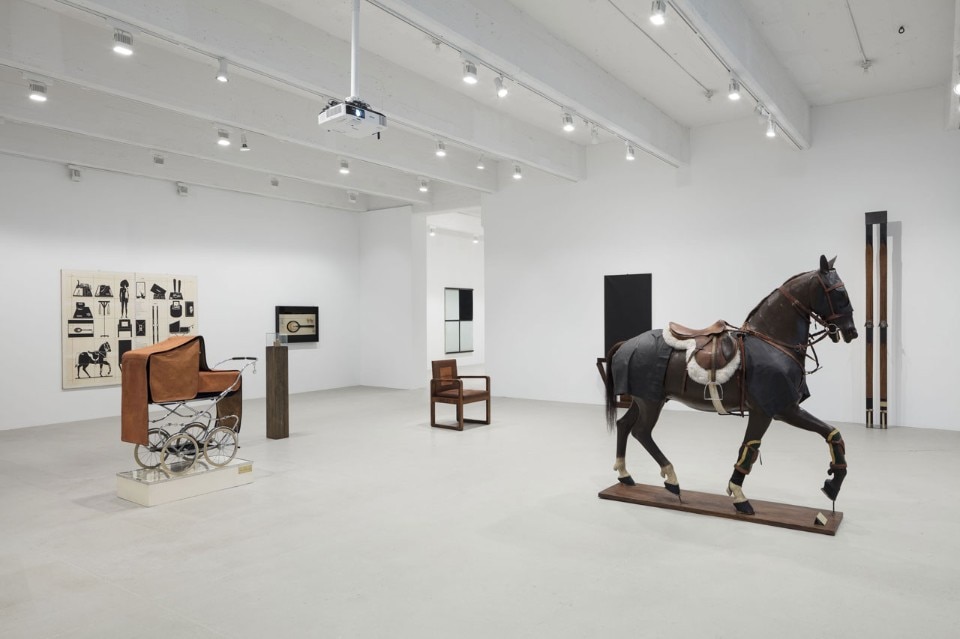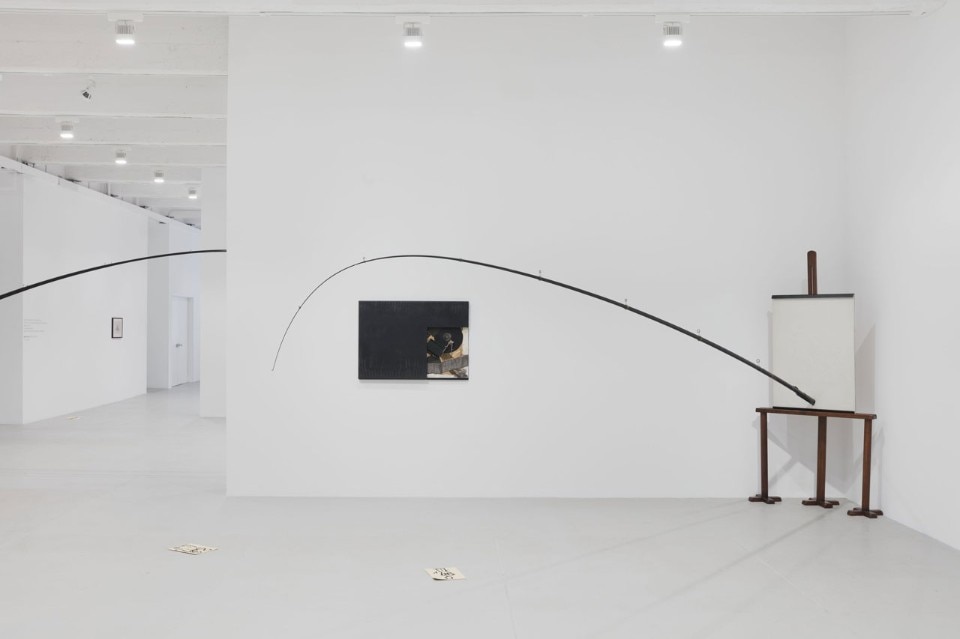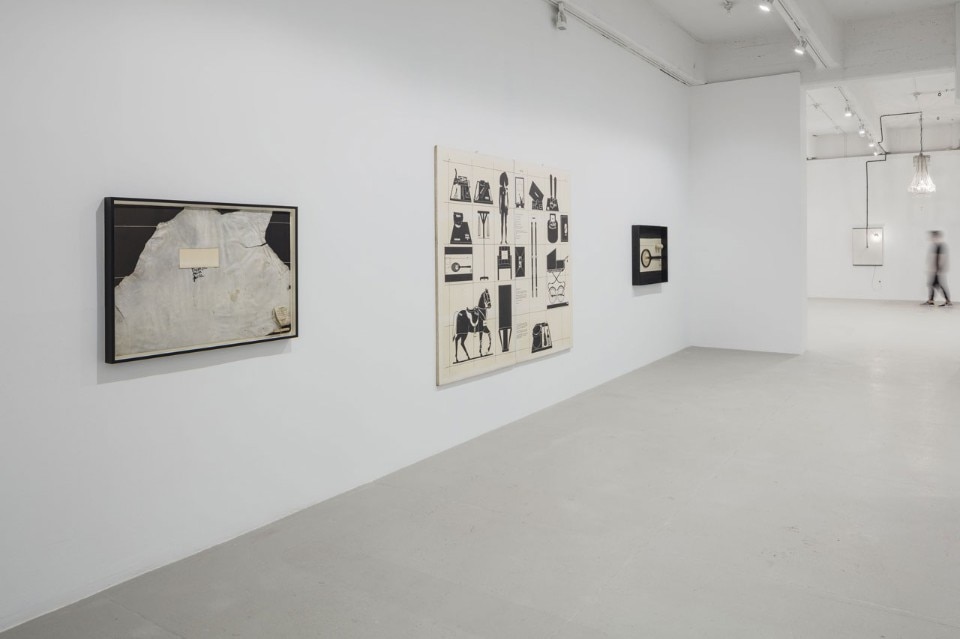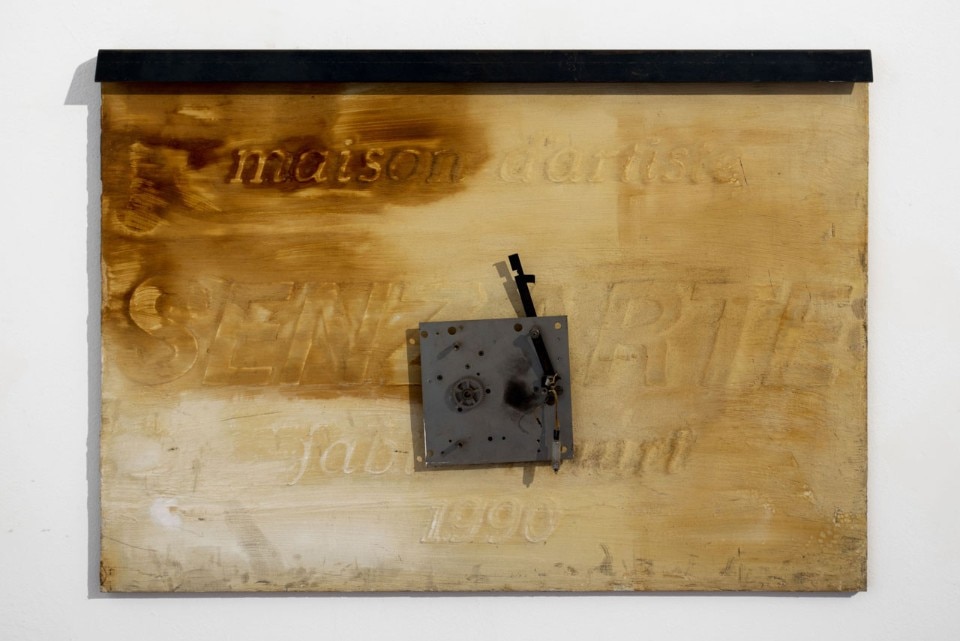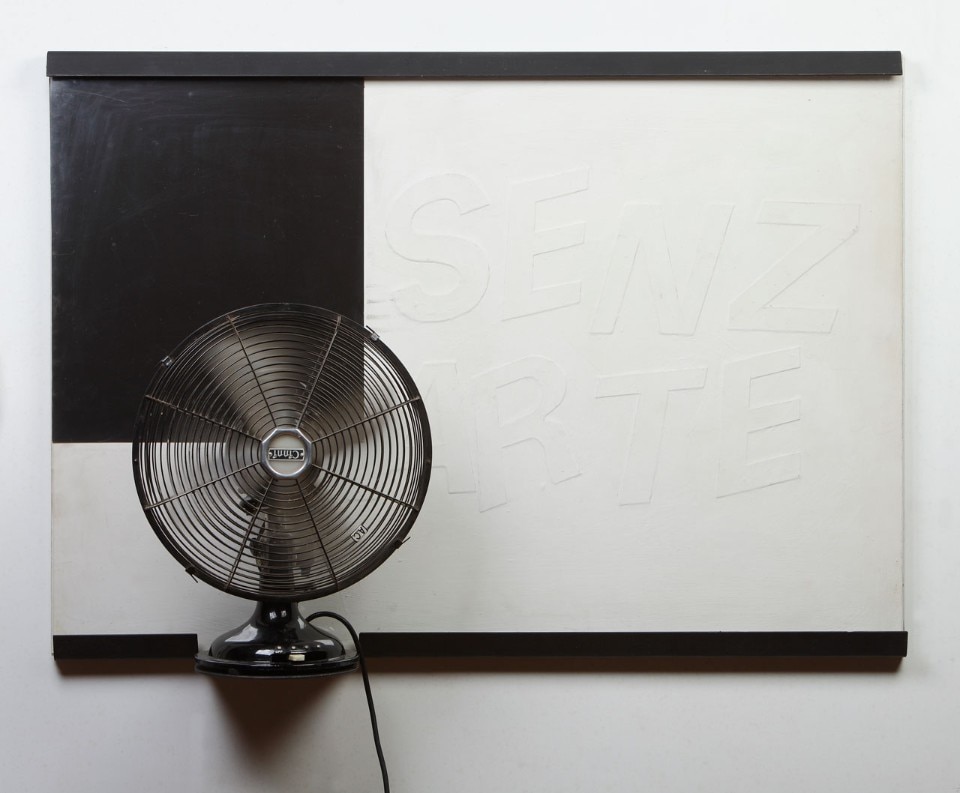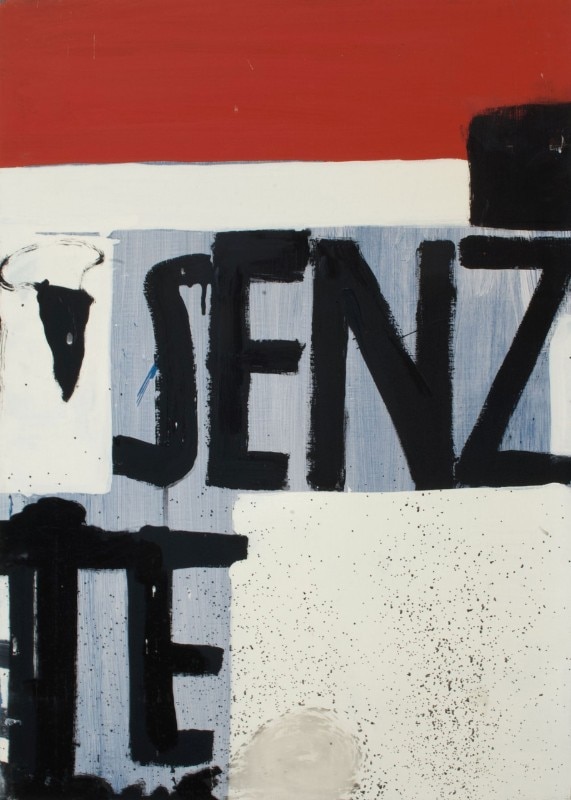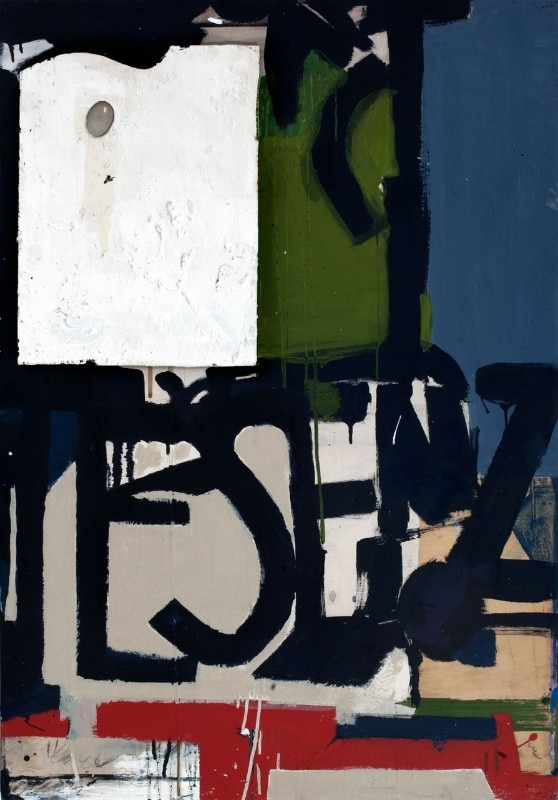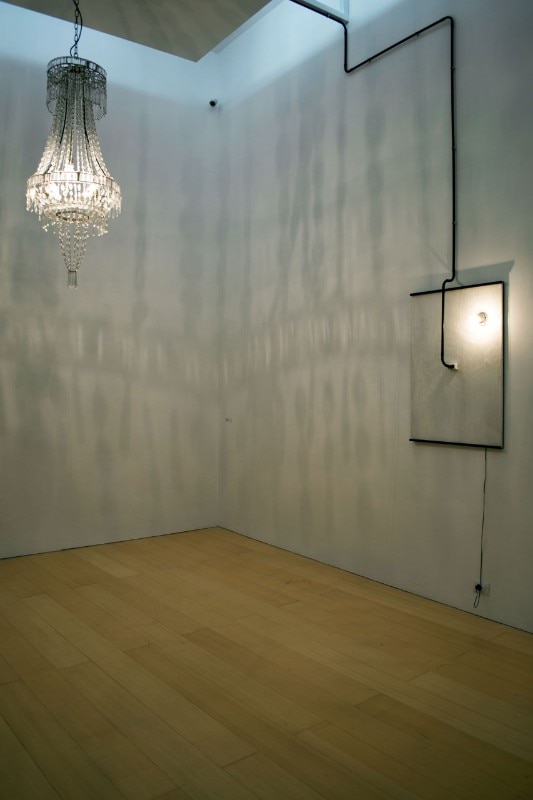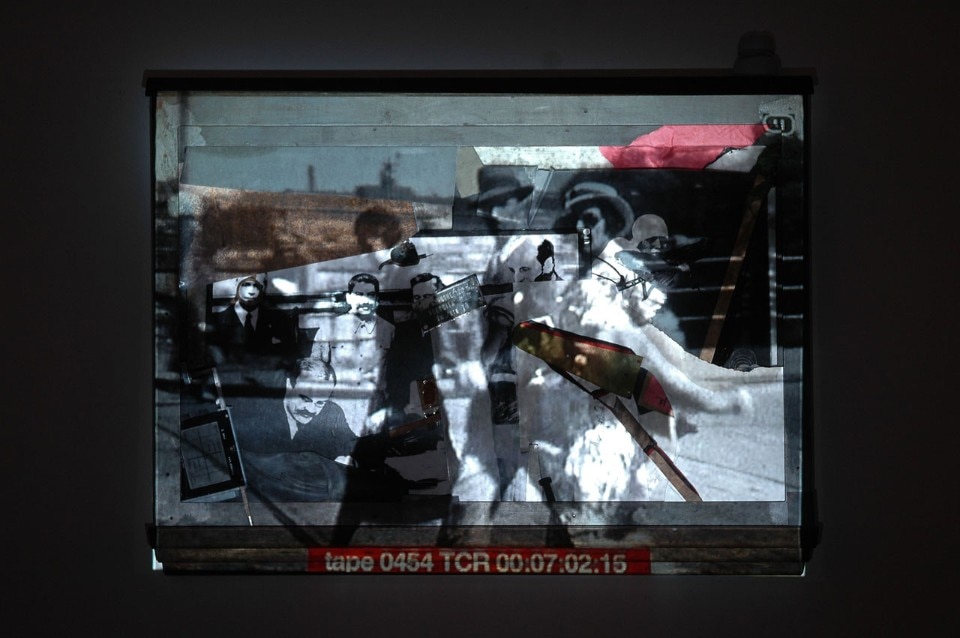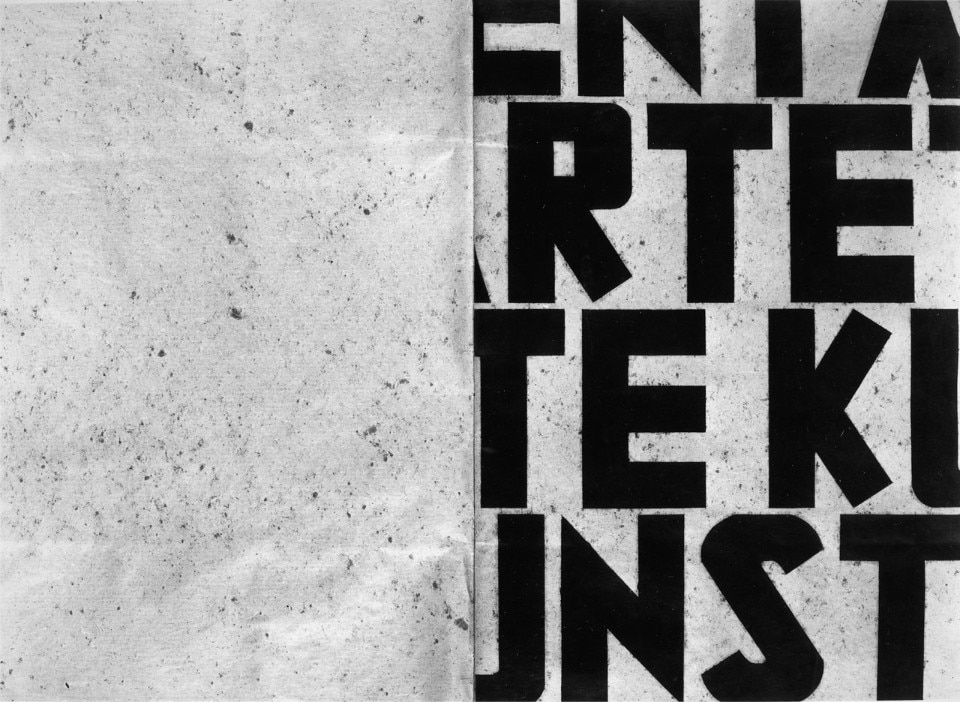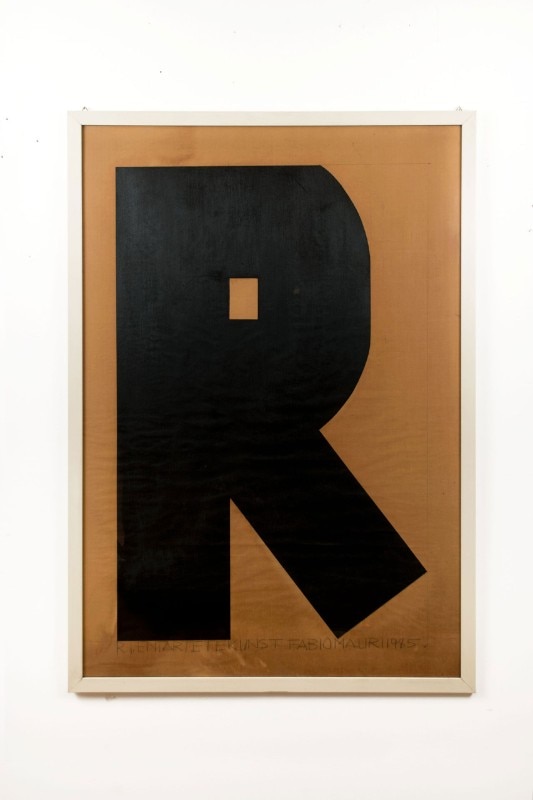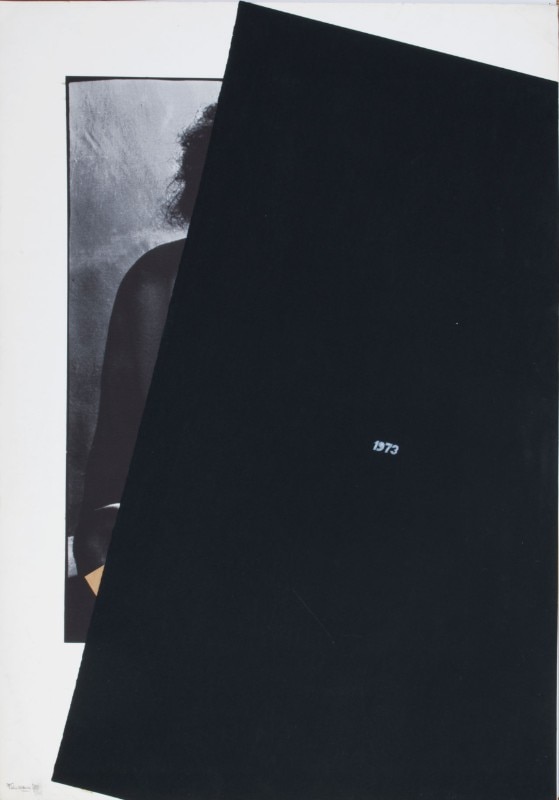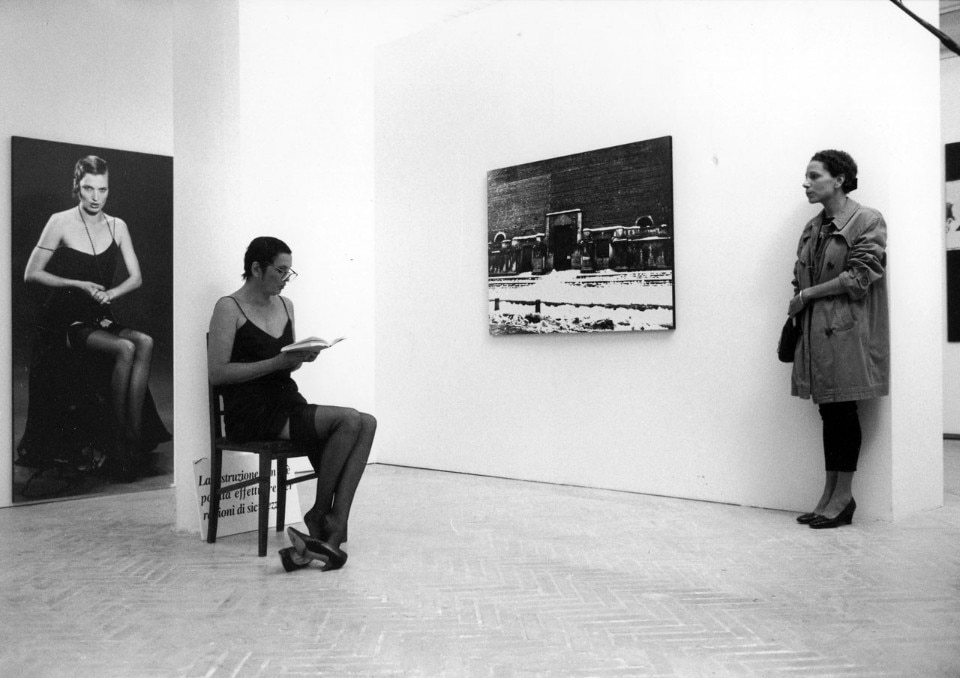In an international context in which various forms of fascism and neonazism are strengthening once again, the solo show entitled “With Out”, dedicated to the work of Fabio Mauri, on at New York’s Hauser & Wirth gallery, rings out like an invaluable warning about the destinies of the present. This large exhibition, curated by Olivier Renaud-Clément, explores the 50-year career of the Italian artist (Rome, 1926-2009) and his intense interest in the mechanisms creating the visual languages that proclaimed the rise of Nazism and Fascism in the inter-war period, and the consequent weight that the Holocaust has had on the formation of the contemporary world.
From the 1970s onwards, Fabio Mauri’s artistic style was recognisable to anyone who followed the various biennials and large international exhibitions. This was thanks to his ability to express – through intertwining various mediums (from drawing and painting, film and installation, to theatre and in-depth theoretical analysis) – the heavy burden of history in level-headed language that was also poetic and powerful in its communicative impact.
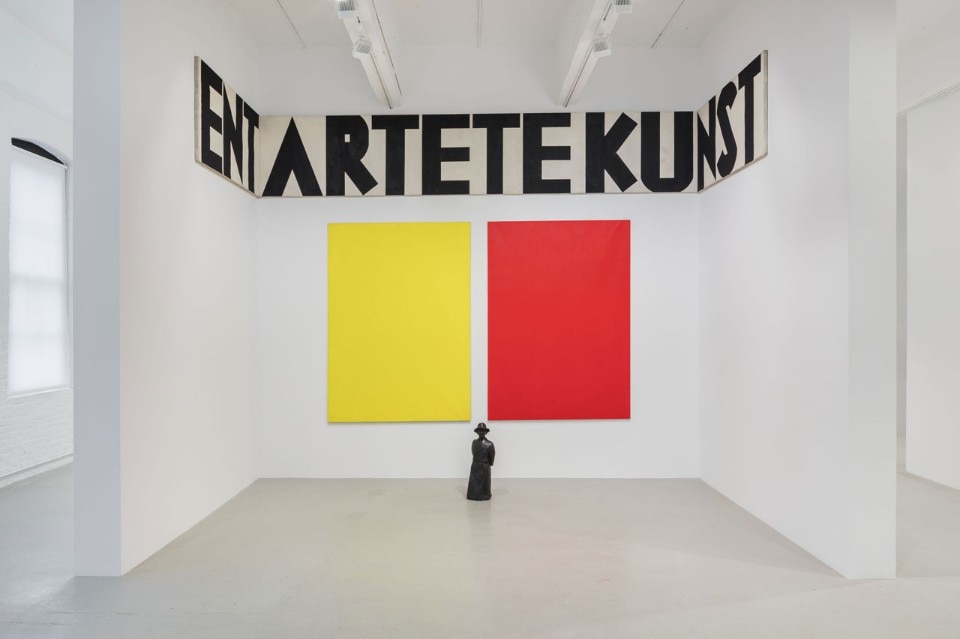
 View gallery
View gallery

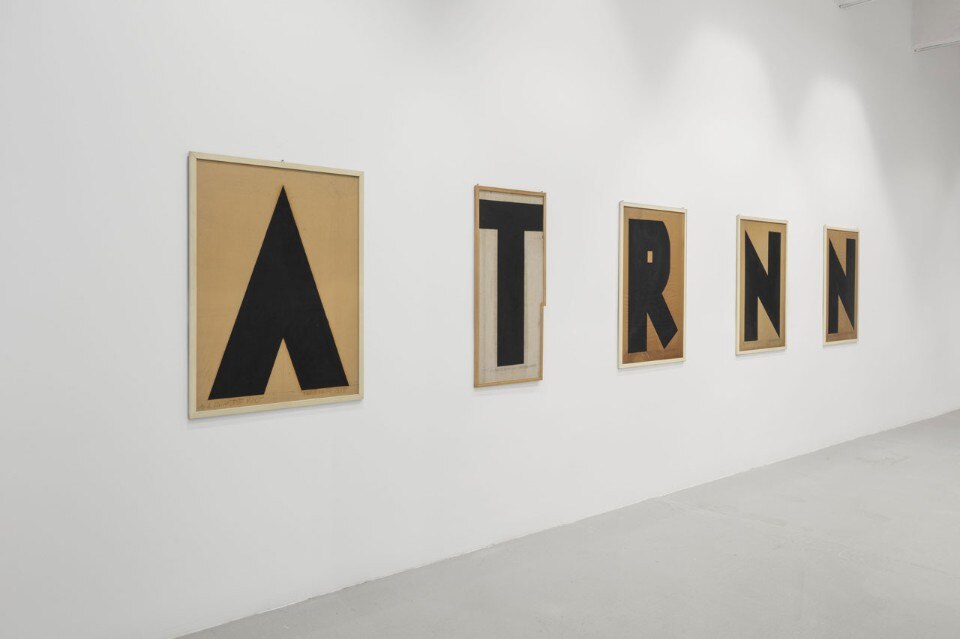
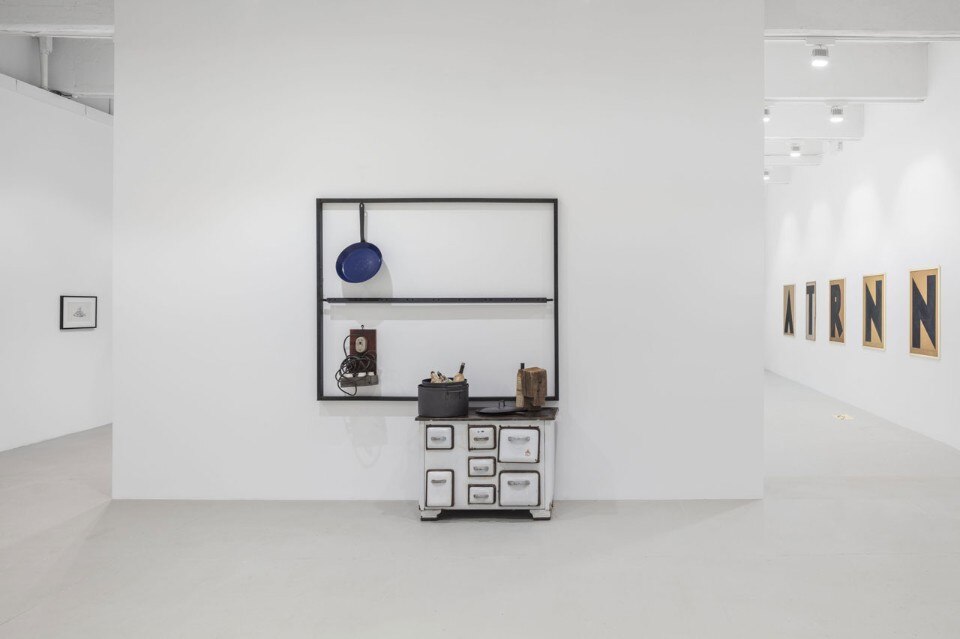
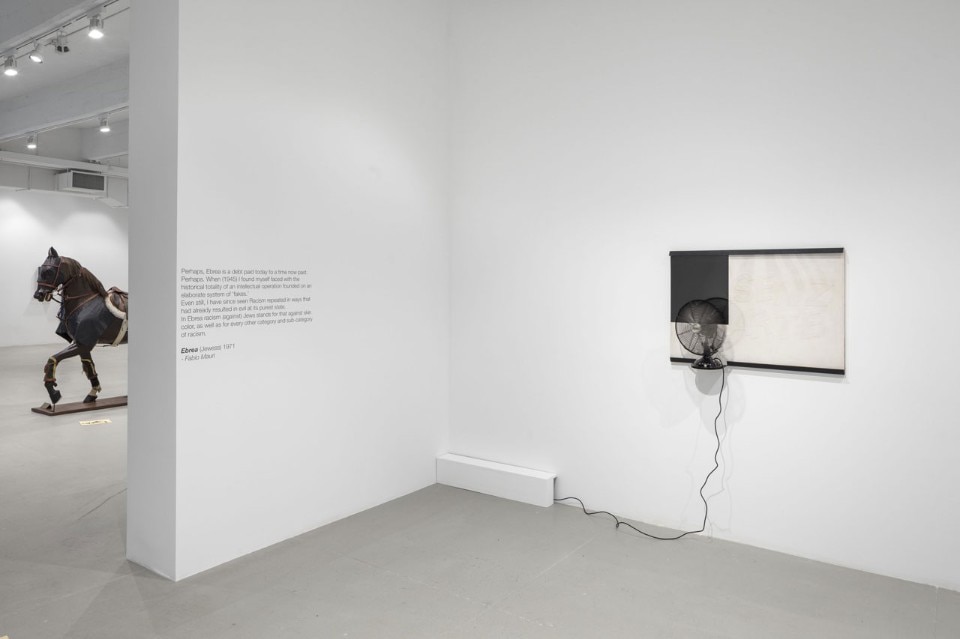
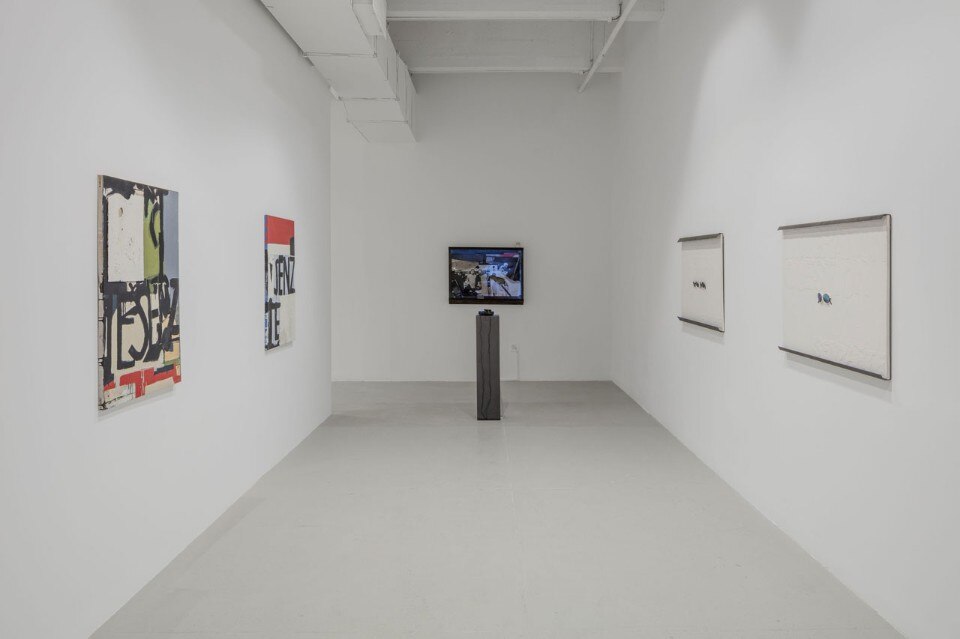
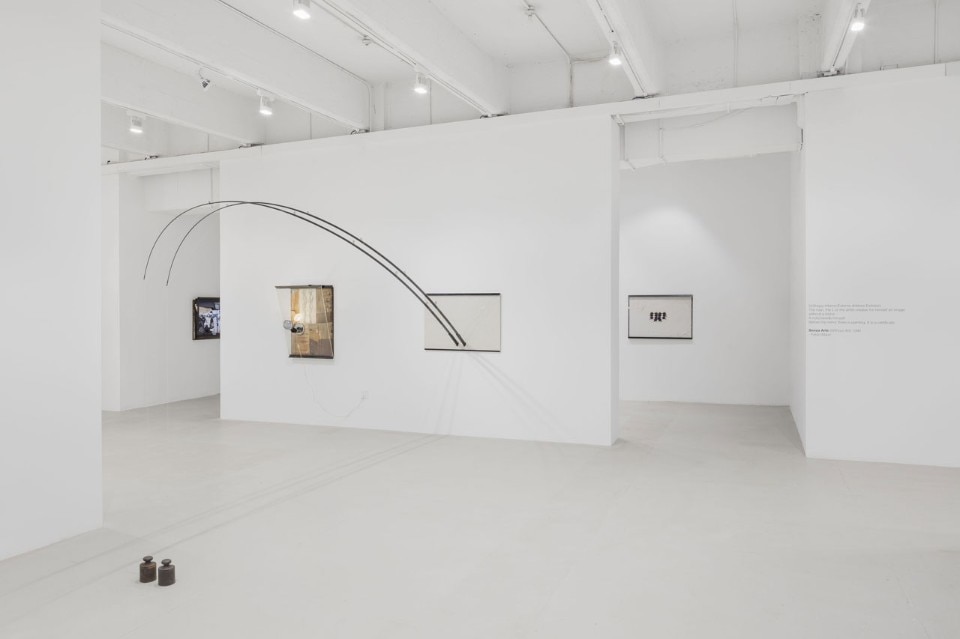
The aesthetic of the totalitarian regimes and their tools of mass manipulation, which pronounced their hideous message, were repeatedly used by Mauri as objects for study – as in the famous case of the exhibition on Degenerate Art planned by Joseph Goebbels in 1937 to insult avant-garde art and demonstrate racial inferiority, which was recalled by the artist in his 1985 work Entartete Kunst (Degenerate Art), shown by Hauser & Wirth.
What is striking is Mauri’s formal rigour, a quality shared by all the many pieces brought together for “With Out”. This conceptual matrix permeates all of Mauri’s work, permitting each individual event triggered by the artist, whether resolved in a single work or included in the structure of a film or performance, to communicate very effectively the intimate quality of his investigation – a constantly reiterated question around the conditions that made (and make) an individual a fascist, and the ideology crystallised in ideas, forms and expressions shared by the masses. It is fascinating to see how Fabio Mauri practised in his constant semiotic reductiveness a personal reinterpretation of all the most important artistic devices of the twentieth century. There are examples of monochrome, assemblage and the ready-made, as well as sculptures and drawings that return again and again to the tropes of modernism. But these are always made to serve his social and political themes, giving each modernist “object” dramatic weight
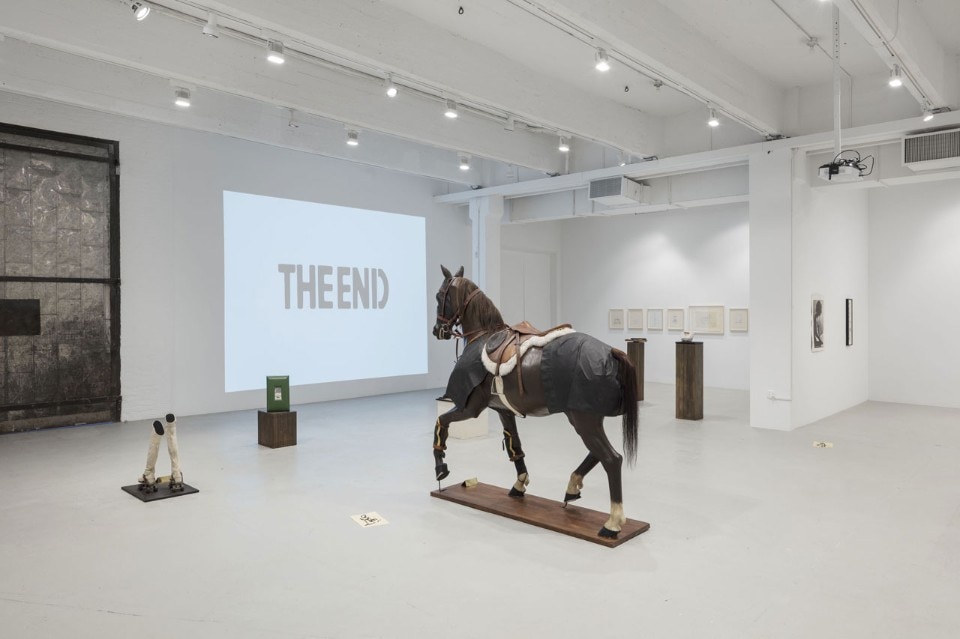
 View gallery
View gallery

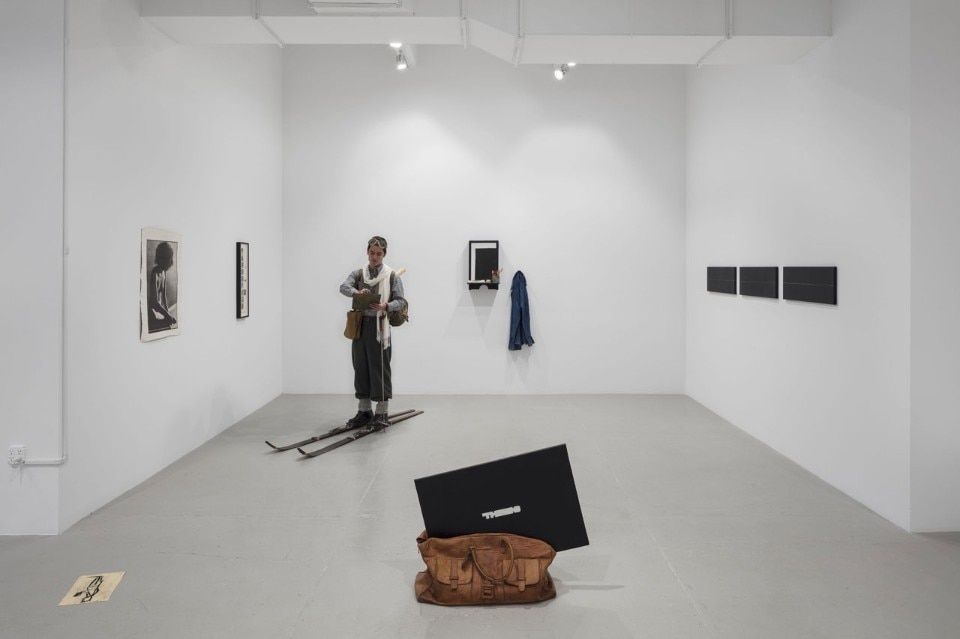
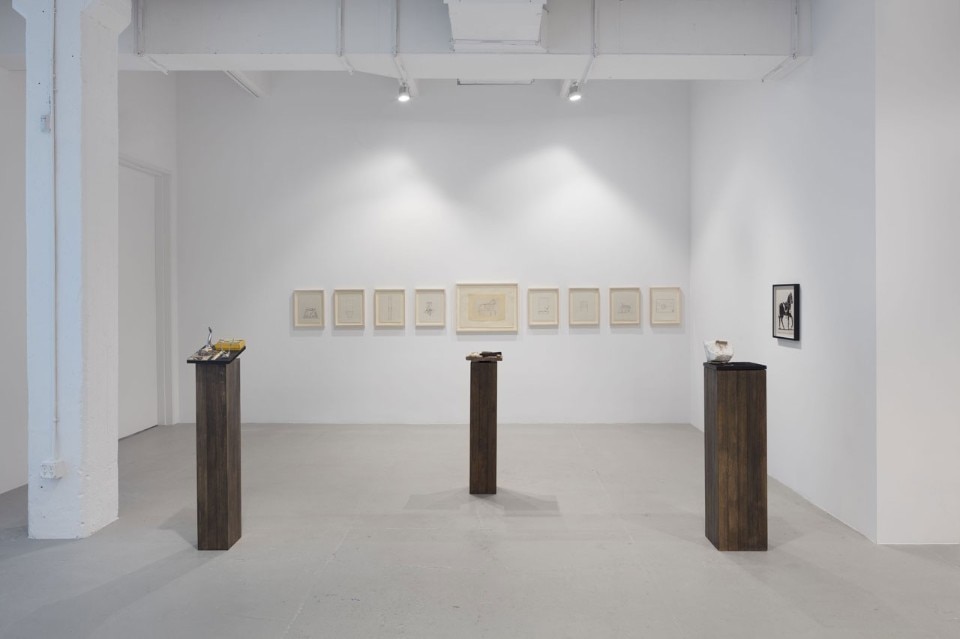
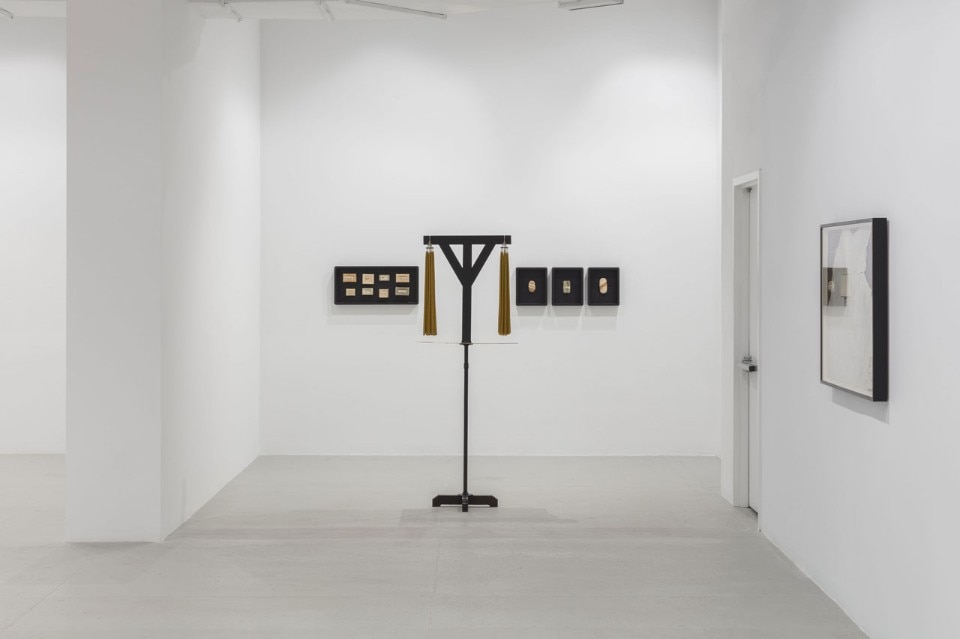
Mauri was always drawn by the power of letters, words and slogans, and many of the works on show reflect on writing, a line of words unravelling in written images or image-letters. In this thread in his work, there is a precise historical appraisal, taken constantly from the language of philosophy, of how this language was deconstructed through the avant-garde, starting with Dada, and was then dragged into the mantras and slogans of propaganda.
Fragmentation and deconstruction is another line that the visitor can follow through Mauri’s career, starting with his Europa bombardata (1978). These and other works features fragments of the ventennio, the Italian fascist era, with the poetry of objects that are seemingly innocuous but are in fact loaded with catastrophic meanings. These re-emerge constantly in the banality of the everyday, into which the memories and meanings seem to merge and the material testimony of the fascist ventennio dissolve.
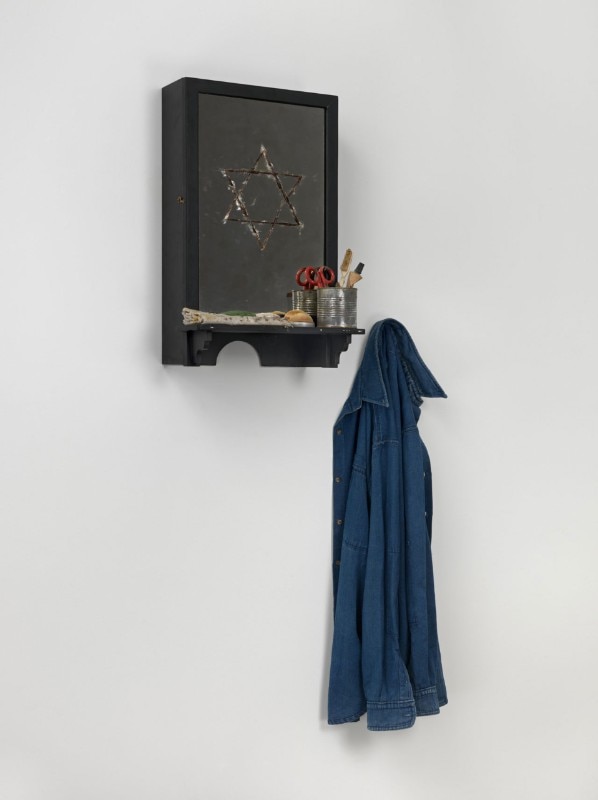
 View gallery
View gallery

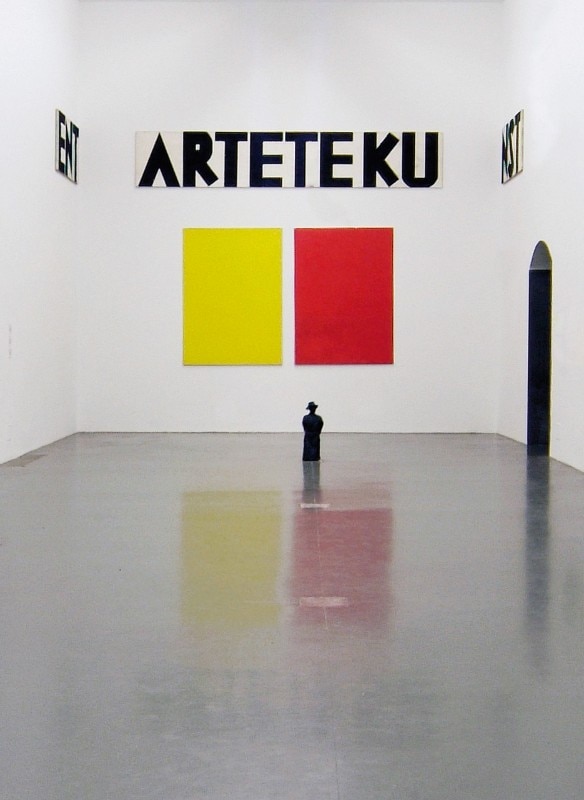
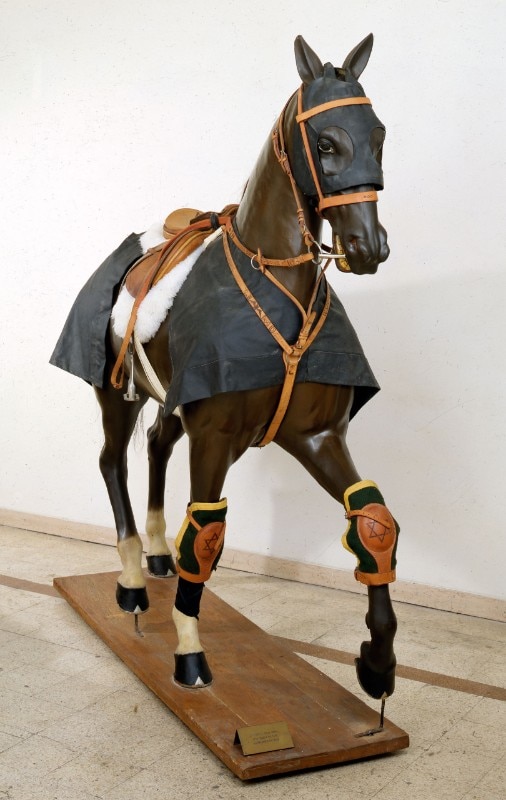
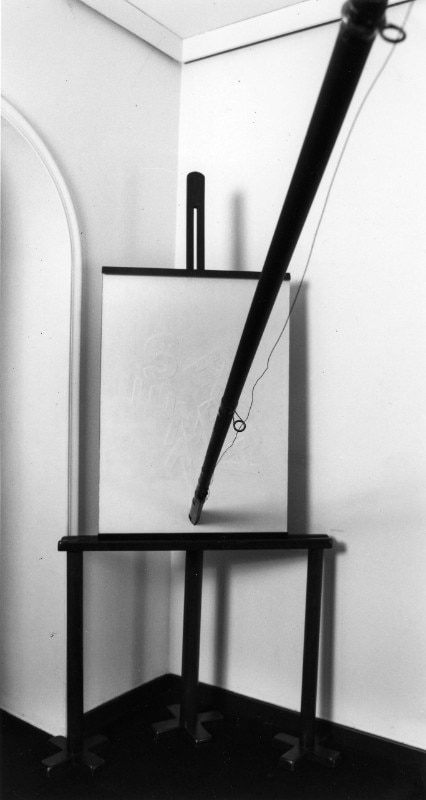
The “white cube” setting of the stylish New York gallery gives visitors the chance to encounter a powerful body of works offering critical engagement and a timeless formal lesson. As the artist said in the year of his death: “I have always made avant-garde art, but in the end Italian art is classical.”
To complete the retrospective, the gallery has designed a programme featuring some of Mauri’s most important performances, starting with Europa bombardata (1978), L’Espressionista (1982) – to be staged every Saturday within the exhibition space – and Ebrea (1971), one of Mauri’s most well-known and disturbing works, which will be performed on 9 February.
- Exhibition title:
- Fabio Mauri – With Out
- Opening dates:
- 25 January – 7 April 2018
- Exhibition venue:
- Hauser & Wirth
- Indirizzo:
- 548 West 22nd Street, New York
- Curator:
- Olivier Renaud-Clément


